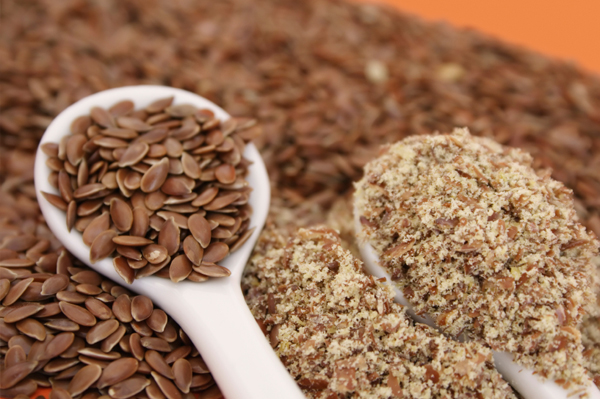For years, I have told my clients that it is important to be good role models for their children. Our children look up to and emulate their parents. But I am not a child psychologist. I am a mom, registered dietititan-nutritionist, personal trainer and fitness enthusiast. My findings about children's nutrition and fitness are based on scientific studies, books and conferences. Now the latest study states that parent's physical activity does not influence a teen's level of physical activity.
http://www.cfah.org/hbns/2013/parents-activity-unlikely-to-influence-teen-fitness?utm_source=Health+Behavior+News+Digest+5.29.13&utm_campaign=Digest+5.29.13&utm_medium=email#.Uadal-srNAY
Wow! I am so disappointed. Notice that this study is on teens, not younger children. I am still hopeful that parents can influence a younger child's activity level. But I see the lack of correlation between my exercise and my teen's exercise level. He observes me exercising regularly, but it doesn't appear to increase his exercise. The question I pose is "How can we influence teens to be more active?" We can limit time in front of the computer or TV. We can force them outside so hopefully they will use the time to walk around. If possible, have your teen ride a bike or walk to school. Get them to join an active club with other teens? My son enjoys riding with the Kids Ride Club. Below is a picture of the kids and leaders during a 50 mile ride. What other ideas do you have?
Nutrition, exercise and other topics written by Reyna Franco, MS, RDN, CSSD. Reyna is a New York City based registered dietitian-nutritionist and fitness trainer. For more information regarding nutrition and exercise services, visit www.reynafranco.com
Friday, May 31, 2013
Wednesday, May 15, 2013
Super Seeds - Flax, Chia and Hemp
If you keep up with the latest nutrition research and trends, you may have noticed a lot of talk about "super seeds". These include chia, flax and hemp seeds. These seeds aren't just the latest food fat. Take chia seeds, for example. The Tarahumara, a Native American people of northwestern Mexico best known as being ultrarunners, have been eating chia seeds for centuries. Flaxseeds were consumed by ancient Egyptians as both food and medicine.
All
3 seeds contain the omega-3 fat alpha-linolenic
acid (ALA), which has been linked to preventing heart disease, bowel diseases,
mood swings, and inflammation. Chia, flax, and hemp seeds are all excellent
sources of dietary fiber. According to the Academy of Nutrition and Dietetics,
populations that consume sufficient dietary fiber have less chronic diseases.
With the U.S. population averaging about half of the recommended amount of
dietary fiber, it is no surprise that our rates of chronic disease remain high.
Adequate dietary fiber has been linked to lower blood pressure, improved
cholesterol, and lower blood glucose levels.
As far as weight loss is concerned, fiber leads to more satiety, which
limits overeating.
Chia
Seeds
On average, chia seeds contain 5
grams of dietary fiber, 2-3 grams of protein, and 2-2.5 grams of omega-3s per tablespoon.
Try this recipe for a delicious
chia pudding:
Add 2/3 cup chia seeds, 2 cups
unsweetened almond milk, and 1/3-1/2 teaspoon vanilla extract to a glass jar
(with lid). Close the jar and shake well to combine. Refrigerate overnight.
When you’re ready to eat, stir in some fresh fruit and/or unsweetened coconut.
Grind flaxseeds yourself or buy
them in the ground form in order to increase the availability of its amazing
nutrients. 2 tablespoons of ground flaxseeds average 4 grams of dietary fiber, 2.5 grams of protein,
and 2.7 grams of omega-3s. The next time you make muffins, bread, or pancakes, add
ground flaxseeds to the batter to add some omega-3s, fiber, iron, vitamin E,
and calcium.
Hemp
Seeds

No. These seeds are not for smoking. Hemp seeds are a unique plant food because they contain all the essential amino acids. With their restrictive diets, vegetarians and vegans tend to be missing some of these amino acids, which make hemp seeds a great protein source for those avoiding animal products. Hemp seeds are also high in omega-3s and average 2 grams of dietary fiber and 5 grams of protein in 2 tablespoons. Hemp seeds taste great toasted, mixed into salads, or ground as a healthier alternative to peanut butter.
Thank you to my intern, Nicole Raimondo, for writing this guest post.
Sources:
Subscribe to:
Posts (Atom)


